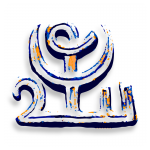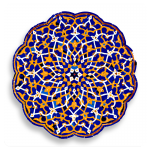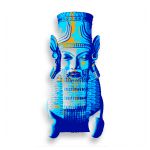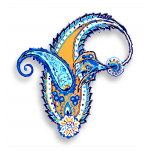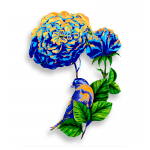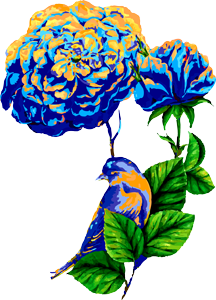
Travel Programme 7:
South-eastern Iran, from Qeshm Island to Kerman province
Qeshm Island – Bandar-e Abbas port – Minab – Jiroft – Bam – Rayen – Mahan – Lut Desert – Rafsanjan – Copper and turquoise mine – Shahr-e Babak – Kerman – Tehran.
11 Days / 10 Nights
Introduction
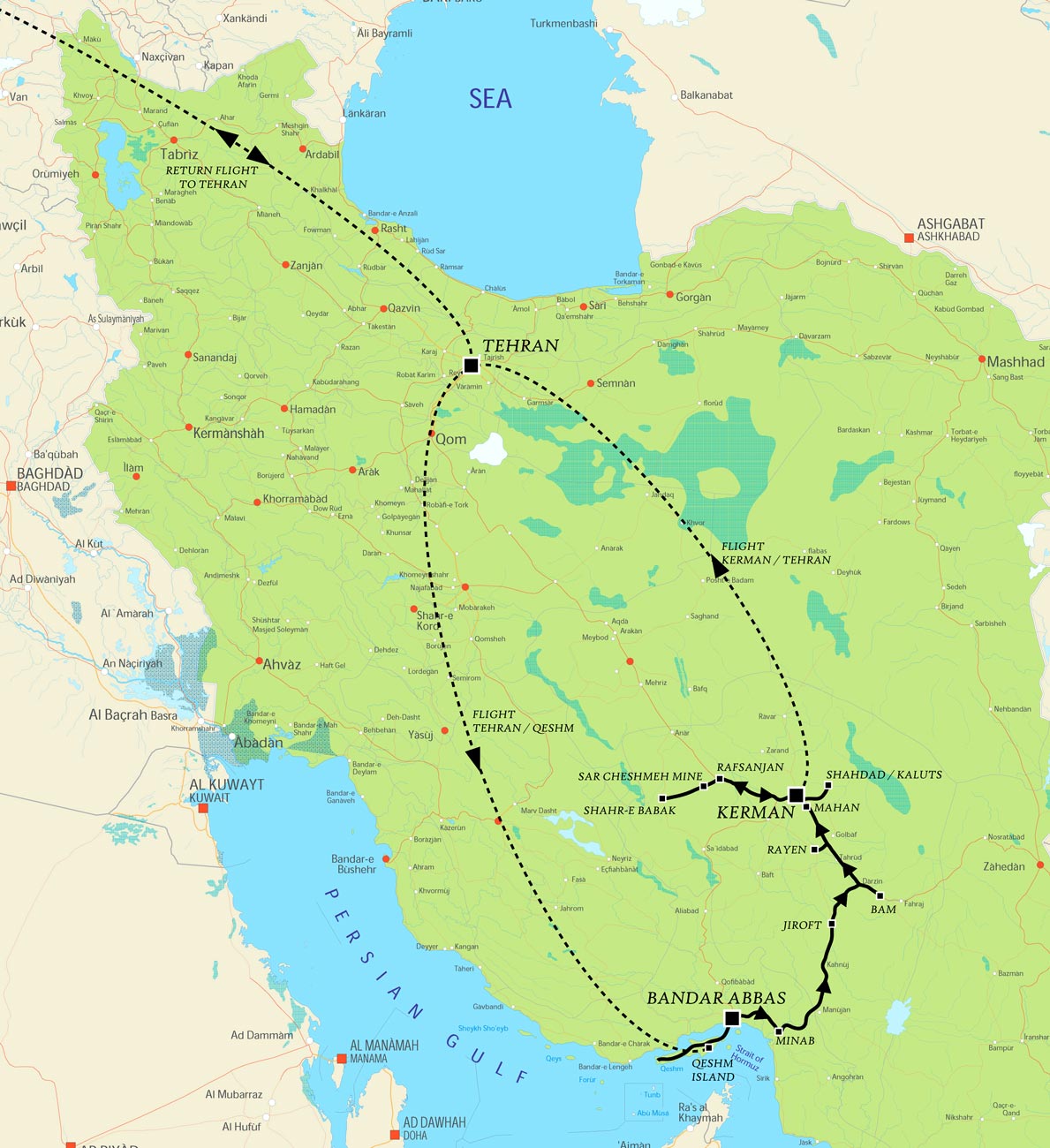
Introduction

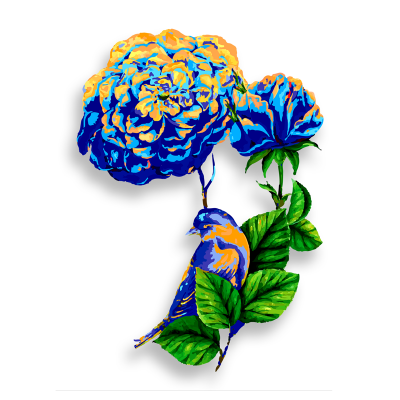
The trip,
day by day
Arrival at Imam Khomeini Airport, where you will meet your tour guide and will be taken to the airport hotel for the first night’s accommodation.
Night and dinner in IBIS/Novotel.
Waking up early for the transfer to Mehrabad Airport, where we will take an early flight toward Bandar Abbas located in southern Iran. In Bandar Abbas Airport, we will be transferred to the port and then take a one-hour boat trip across the sea to Qeshm Island.
Qeshm is the biggest island in the Persian Gulf, especially with regard to economical and tourist development as a Free Zone. Most of the population of this island is scattered in small villages around the edges of the Island while its centre is covered with rocks and fantastic geological phenomena. No wonder Qeshm is recognized as the Geo-park of Iran.
Today and tomorrow, we will discover the natural, historical and anthropological beauties of this Island.
We will be accommodated in a traditional, restored, house in the village of Suza (Note: the house is very well restored with respect to its traditional aspects. Therefore, private toilets and bathrooms are not available in each room and a number of toilets and bathrooms are therefore provided in the public space of the house in very good condition. We will sleep on mattresses since this is the traditional Iranian style. The house is 5 minutes’ walk from the beach and bicycles are also provided). During our stay in Suza House, we will be experiencing the traditional cuisine of the region as well as a night with local musicians of the village.
In the morning we will start our explorations in the village, starting with the valley of the stars, an interesting geological site near the city of Qeshm. We will continue toward the city, an important international port and a well-regarded tourist destination for Iranians, there we will visit the Portuguese fortress which dates back to the 16th century.
In the afternoon we will go to a workshop where Lenj, traditional boats, are still made in the traditional style, and where the master craftsmen continue to work using traditional methods which provides a strong economic base for the island’s inhabitants. The day will end in the small city of Laft, with typical architecture and wind-catcher towers as well as an amazing tour around the Mangrove Jungles and their wild life.
Going back to the Suza residence at the end of the evening to taste the local cuisine and pass a pleasant evening with the villagers.
Today will be more focused on the western side of the island which is wilder and less populated. We will go toward Darreh Shuri (the salted valley) in order to observe the majestic influence of erosion; not far from this phenomenon, there are also two salt caves known as Ghar-e Namak, open to visitors.
We will stop by Tabl village, while passing across the Island, in a small traditional house which belongs to a former captain of Lenj for lunch.
In the afternoon, we will go to the valley of statues (Darreh-e Tandisha) and then to Chahkuh Strait, a unique place on earth mixing erosion and tectonic fault.
Before sunset, we will walk to the Naz island near Suza village, which can only be reached this way when the tide is out.
Going back to Suza House for dinner and a night with local musicians.
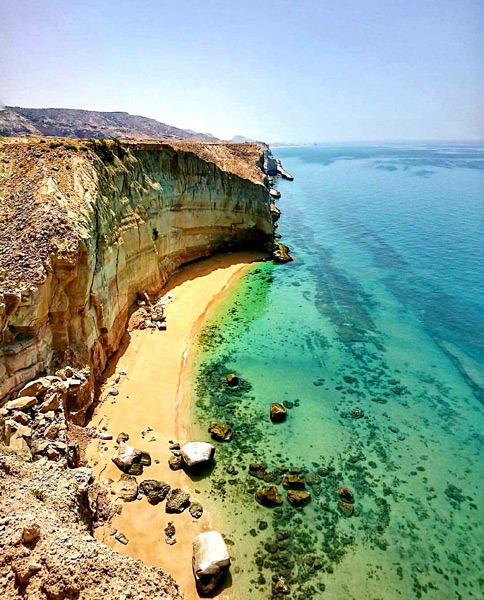
Transfer to the port to take the boat to Bandar-e Abbas city. Bandar-e Abbas is the main port in Iran, the city and its port were founded in the 17th century by Shah Abbas I, who defeated the Portuguese and constructed the port on the Persian Gulf. There are not many monuments left from this glorious past. However, the anthropological and archaeological museum of Hormozgan which is among our first visits, exhibits an interesting panorama of the life-style of the local population as well as the recent archaeological discoveries in the region. Before leaving Bandar-e Abbas we will have a short tour around the Fish Market of the city, a lively market with a wide variety of sea creatures on display.
After leaving the port behind, we will go to Abshurak, in order to meet a mystical musician who plays and makes a specific local instrument. We will spend some time in his workshop and later we will taste the local food in his house.
Passing through the city of Minab (1h30 far from Bandar-e Abbas), we continue our way toward Kerman province and the city of Jiroft, on the way we will stop by Deh Kahan village to see the palm groves and orangeries.
Arrival at Jiroft where we will spend a night in Naji hotel (3 stars Hotel).
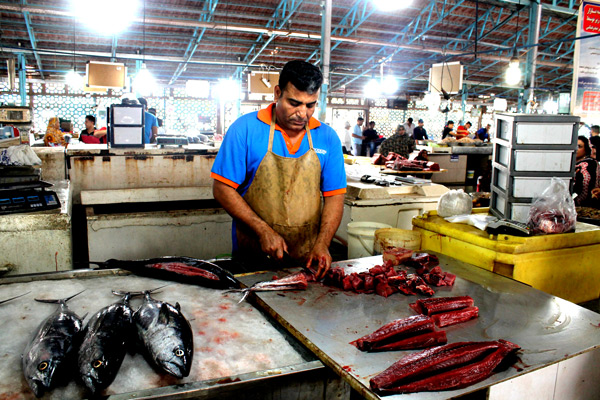
We start the morning with a visit to one of the most famous recent archaeological sites discovered by the locals and unfortunately heavily looted by the smugglers. The Archaeological sites of Konar Sandal north and south have been inhabited since the Neolithic. Still poorly known, recently excavated, these sites are of primary importance for the knowledge they give us of the most ancient roads and trade routes between Mesopotamia and the Indus Valley, as well as improving our knowledge about a powerful local 3rd millennium polity known as Marhashi. After the visit to the site, we will have a closer look at the marvellous objects obtained from the site in the small museum of Jiroft.
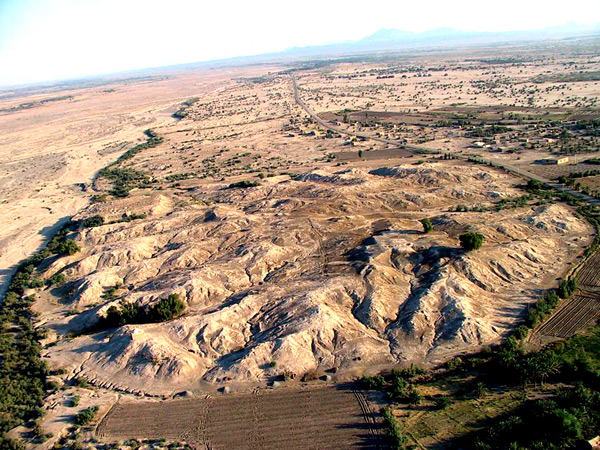
However, Jiroft is not only known for its history, the climate of the region leads Iranians to call it the Small India of Iran, therefore agricultural industry is highly active and diverse in this region. We will have a visit to one of these industrial sites which is under the responsibility of the Agricultural Department of Jiroft University and get familiar with this aspect of local production.
After the lunch, we will leave Jiroft behind and head toward Bam, the city of Palm trees.
The day will be finished with a pleasant walk in a palm grove to admire the work of the local farmers.
Night accommodation in the Hotel in Bam.
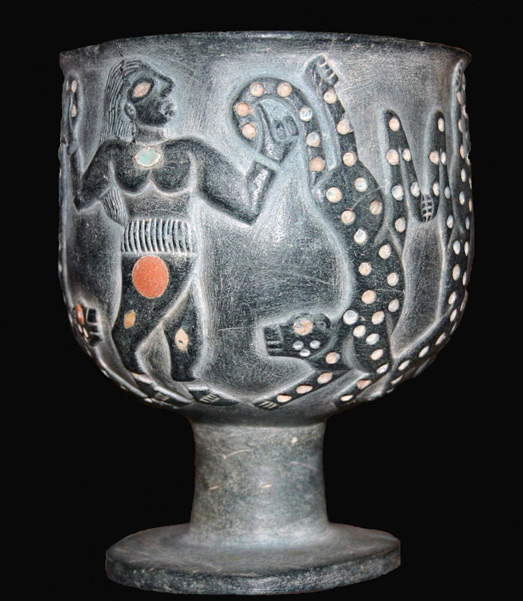
Although almost completely destroyed in the tragic earthquake of 2003, the citadel of Bam (Arg-e Bam) was rebuilt and reopened for the visitors. This magnificent citadel is also registered in UNESCO as a world heritage site. The origin of this enormous adobe citadel on the Silk Road can be traced back to the Parthian period and even beyond. However, the heyday of the citadel was from the 16th to the 19th centuries AD, being at the crossroads of important trade routes.
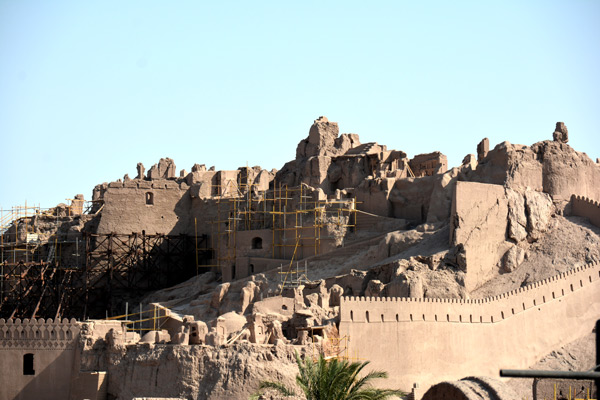
We will take the road toward Mahan. On our way there is another citadel, smaller, but no less remarkable than Bam, in Rayen. The citadel of Rayen is extremely well preserved and was inhabited until 150 years ago and, although it is believed to be at least 1,000 years old.
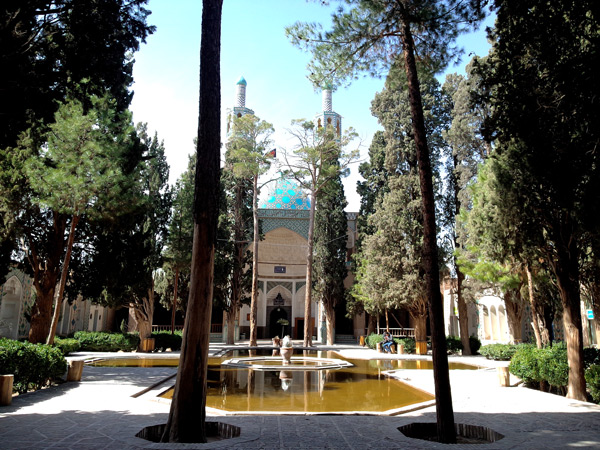
We journey to Mahan to see the Shah Nematollah Vali Shrine, tomb of the celebrated Iranian mystic and poet, Shah Nematollah Vali, who died in 1431 at over one hundred years old. A resplendent turquoise dome sits atop an ornate mausoleum complex, to which numerous rulers have made their contributions. We also pay a visit to Shahzadeh Garden, a fine and princely estate decorated with a pool and water fountains, originally built in 1850.
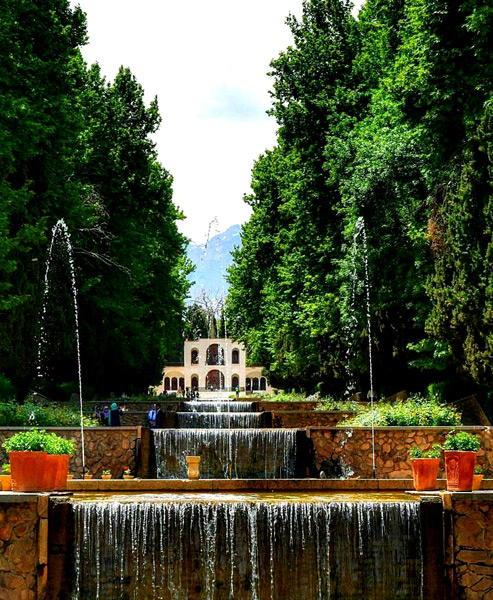
Heading toward Kerman; night and accommodation in Kerman.
Three nights in Kerman.
The day is dedicated to an excursion to Shahdad and its environ, particularly the Lut desert. Lut desert has been recently inscribed on UNESCO’s world heritage list. The surface of its sand has been measured at temperatures as high as 70 °C (159 °F), making it one of the world’s driest and hottest places. During this visit we will also be accompanied by a local guide to walk among Kaluts which are natural phenomena but look like giants rising from sands. After this unforgettable visit to the desert and its natural life, we will have lunch in one of the local resorts nearby the desert.
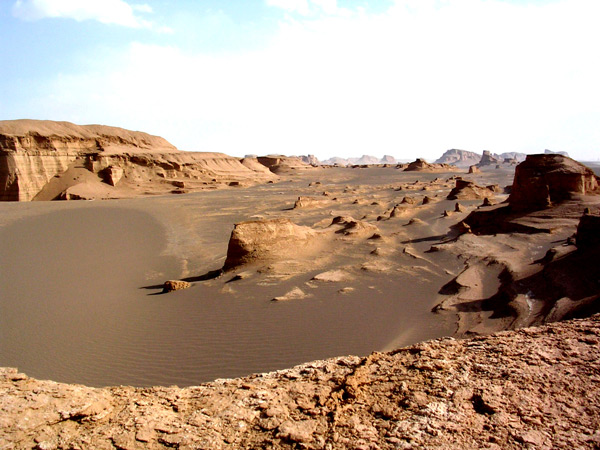
Shahdad is not all about its desert, there is also an important archaeological site nearby where we will visit the excavated area and take a walk on the vast unexcavated area where you can still see the traces of ceramics and stone tools scattered everywhere on the ground showing the scale of the site. After a short visit to the holy shrine of Imamzadeh Mohamad Ibn Ziad, we will head back toward Kerman.
Arrival at Kerman, night and accommodation in the hotel.
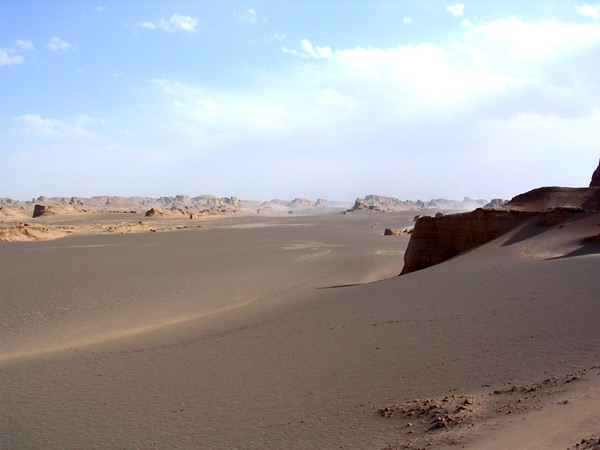
Another day of traveling toward the western side of the province in order to visit Rafsanjan and Shahr-e Babak.
We’ll go first to the newly restored Haj Aqa Ali traditional house, a palace-like house with more than eighty-six rooms and several sections. Rafsanjan is also well known as the centre of the production of pistachios in the world, therefore we’ll try to visit one of these gardens, taking note of the season of the year, in order to see the activities of its owners and workers.
After the lunch we will continue our route toward Shahr e Babak to visit another of UNESCO’s world heritage sites, the ancient rocky village of Meymand. This village has been continuously inhabited for thousands of years which makes it one of the most ancient surviving villages in Iran. Another site to visit is the Miduk mine in Shahr e Babak where they mine mainly copper and recently turquoise. The visit will end in a turquoise production workshop where we can see the process and the final results of producing the precious turquoise stones.
Going back to Kerman, night and dinner in the hotel.
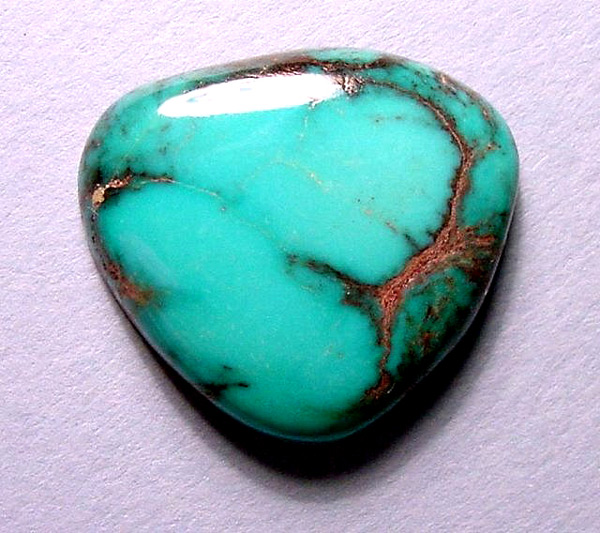
The day will be dedicated to visits in Kerman. This city contains many interesting sites from the seventeenth to the nineteenth centuries, such as the Gang Ali Khan historical complex, including its square, Bazaar and Bathhouse (transformed into an ethnographic museum). A caravanserai as well as a theological school are also located in the same quarter. We will stop at the triple mausoleum of Gombad e Mostaqieh and Gombad e Jabeliye and also visit the Friday Mosque.
Not far from the historical area of the city, the Zoroastrian fire temple has its doors open for visitors where we can visit a small anthropological museum and have a friendly talk with the Zoroastrian priest about the doctrine of this ancient religion and today’s community of Iranian Zoroastrians.
We will have a small break in the nearby historical house, known as Keykhosrow, a traditional house, for a drink, and then we continue for the last surprising visit. We will visit a rich collection of Pateh (a traditional needlework folk art typical of Kerman province), this collection was created by the efforts of two women from Kerman who dedicated their lives to revive traditional handicrafts while improving the economic outlook for local women.
After dinner we will be transferred to Kerman airport to take a flight to Tehran.
Arrival at Tehran and transfer to accommodation in a hotel in the city centre.
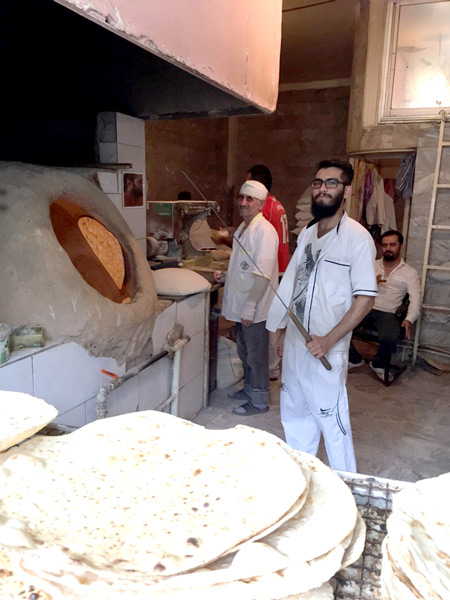
Bearing in mind that it might be your second visit to Tehran, we have tried to include more original and unusual sites for your last day. Therefore, we will start with Reza Abbassi Museum, a marvellous collection of objects from prehistory to more recent times, with a whole section dedicated to calligraphy and miniatures.
Another prestigious museum will be the museum of contemporary art of Tehran, inaugurated by Farah Pahlavi in 1977, just two years before the 1979 Revolution.
This museum is considered to have the most valuable collections of modern Western masterpieces outside Europe and North America, including more than 3000 items of 19th and 20th century’s world-class European and American paintings, prints, drawings and sculptures and also one of the greatest collections of Iranian modern and contemporary art.
Note: with regard to flight schedule, we might have a visit to the historical Bazaar of Tajrish or we will visit the art galleries of young artists in Iranshahr Park.
Transfer to IBIS/NOVOTEL for dinner and night accommodation nearby Imam Khomeini airport.
Taking the flight back.
Are you interested in this trip to Iran ?




